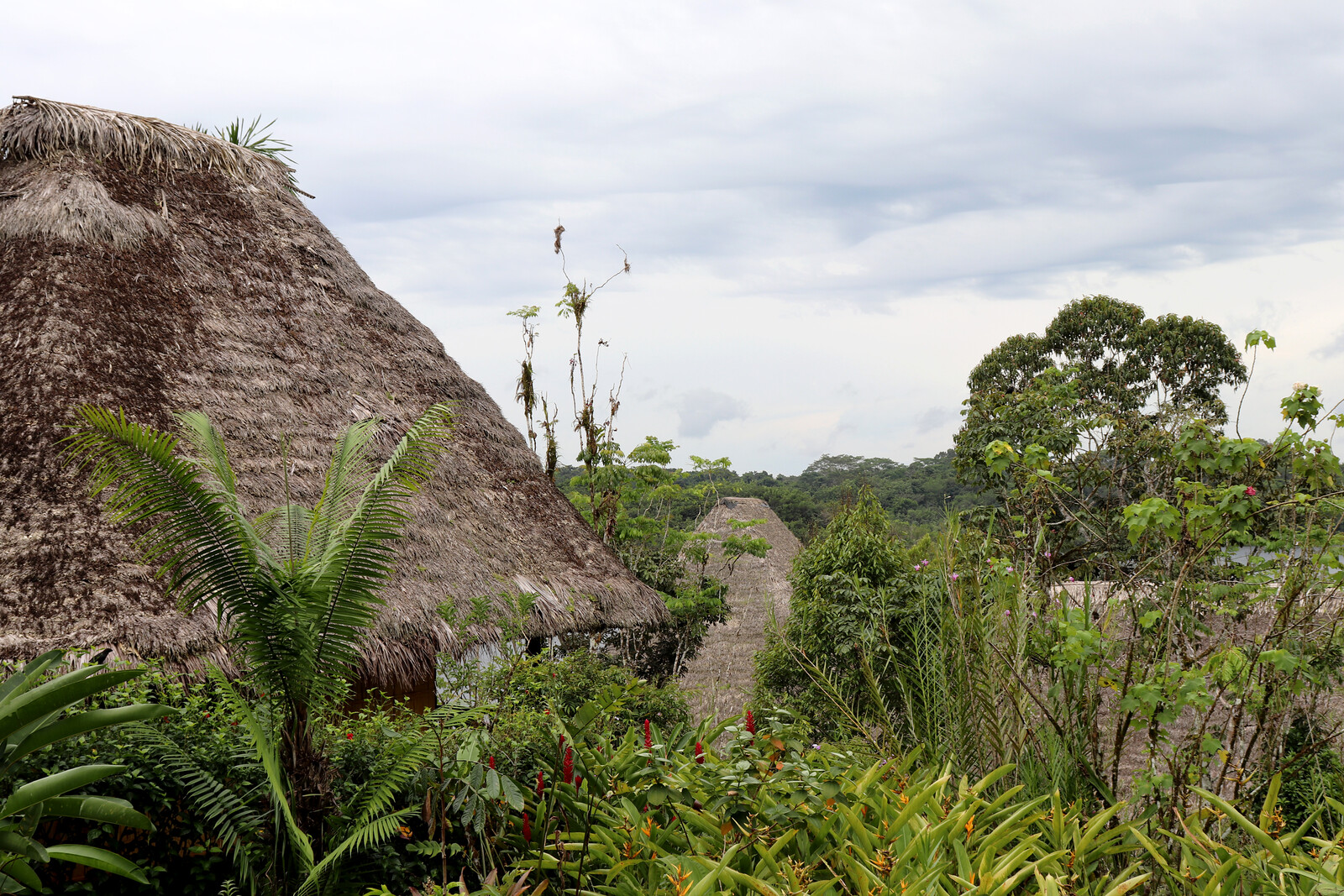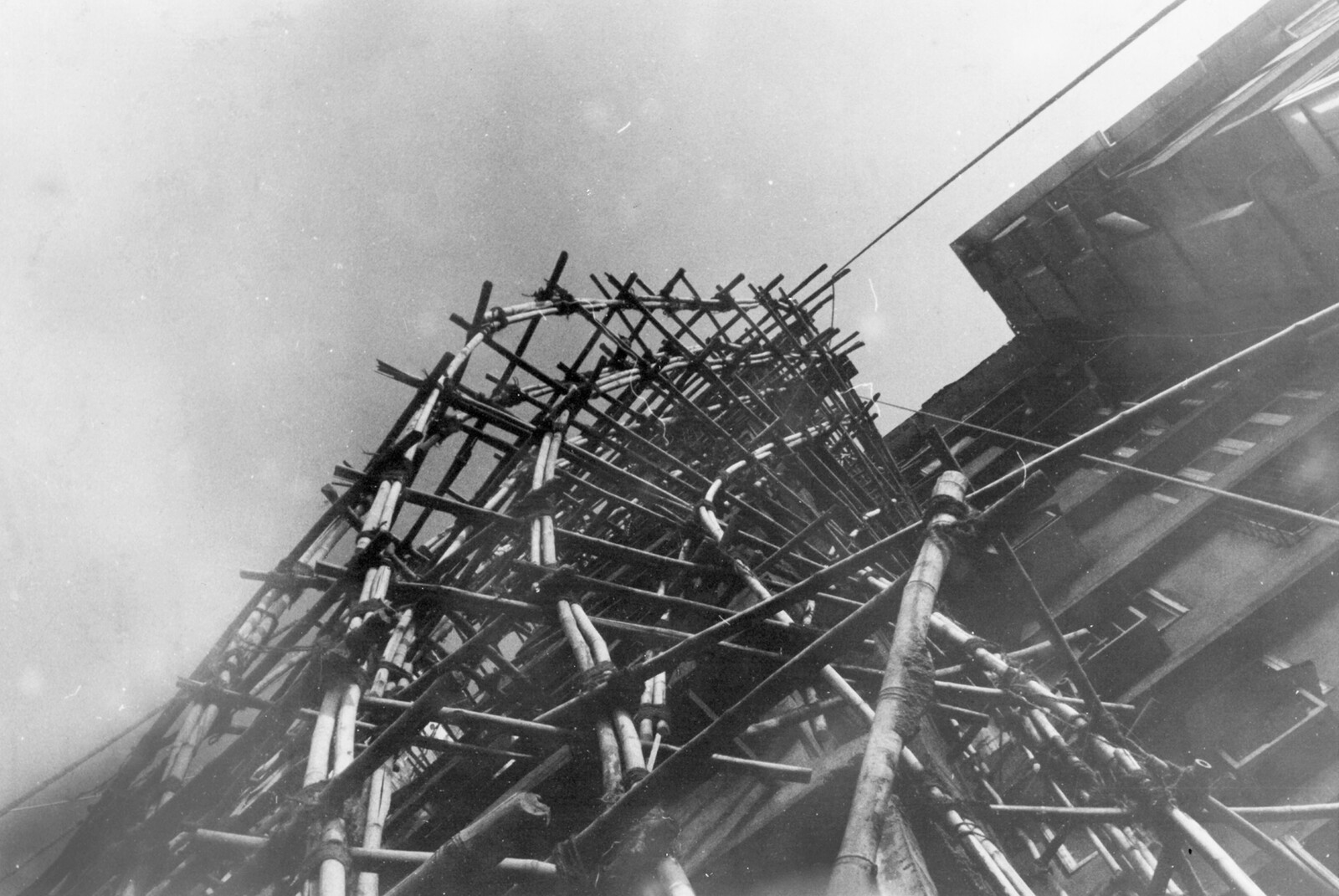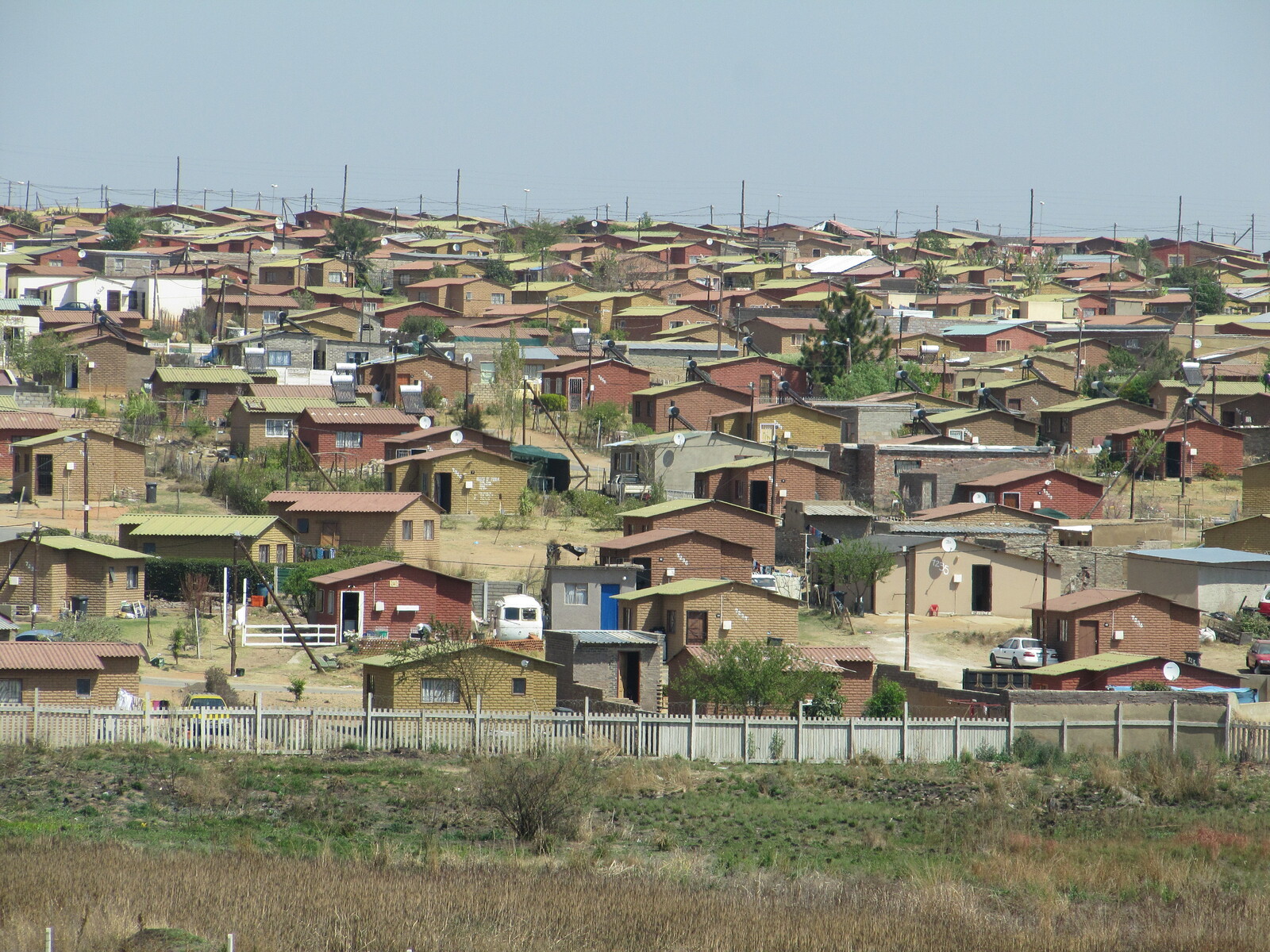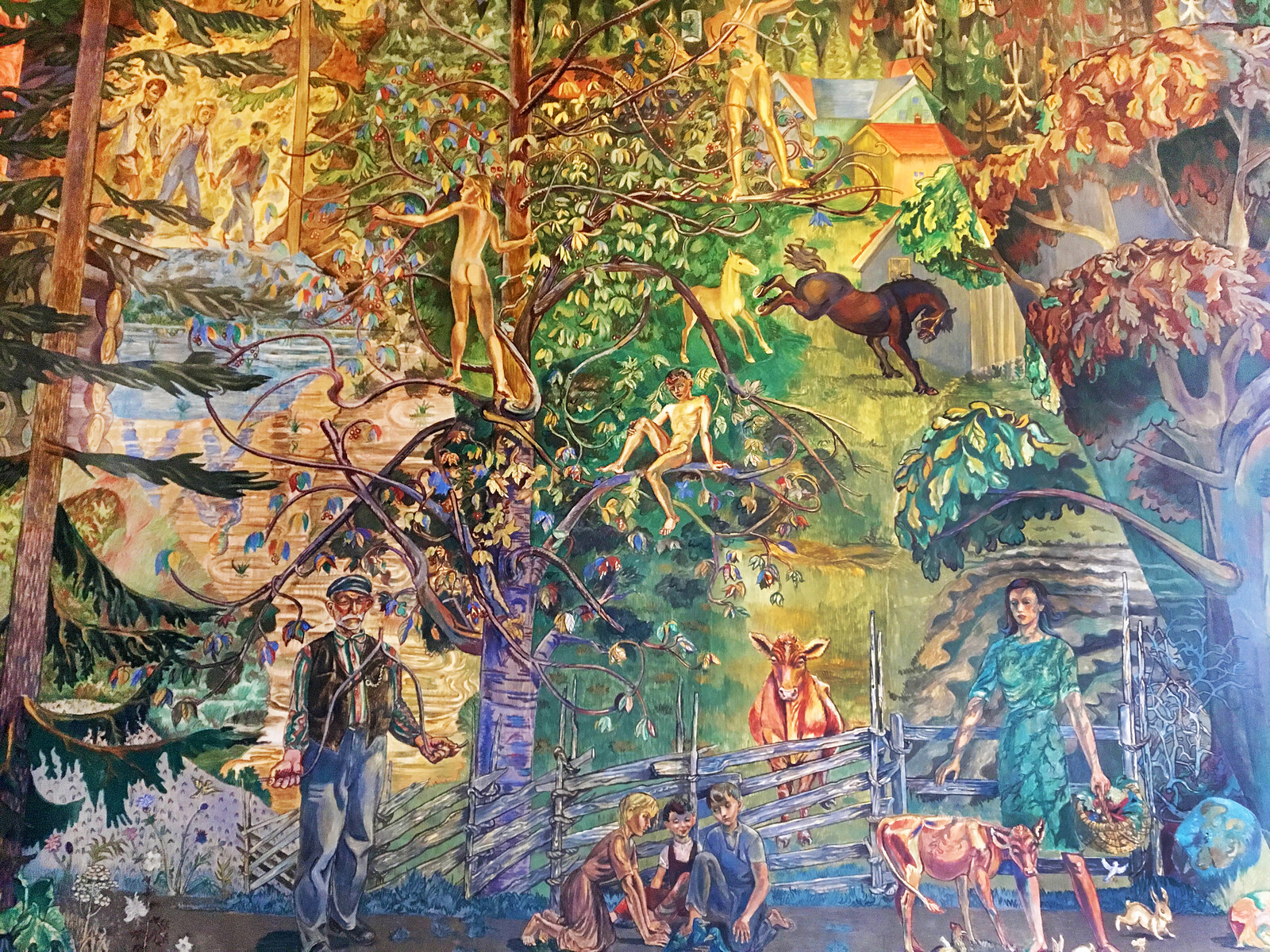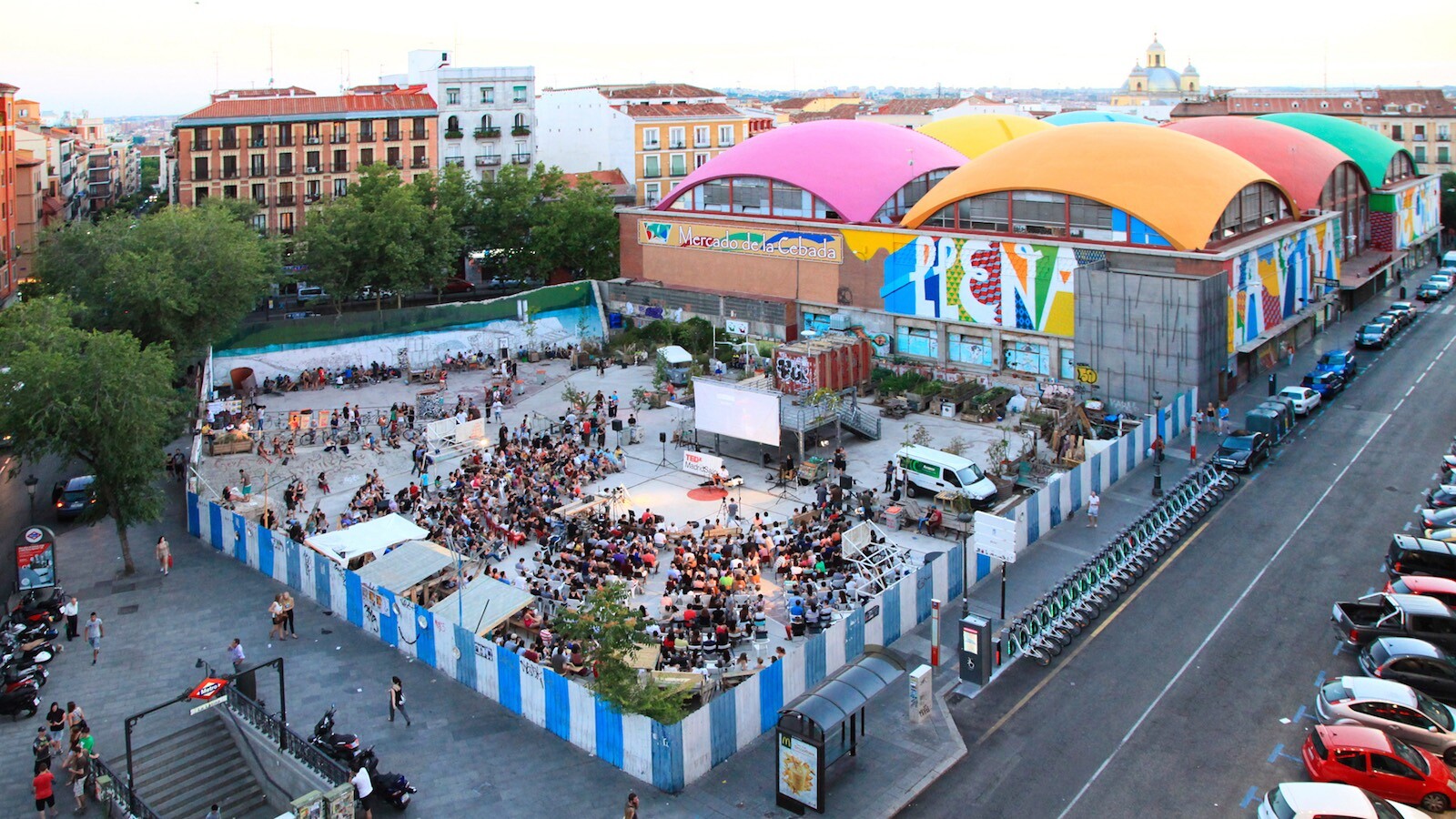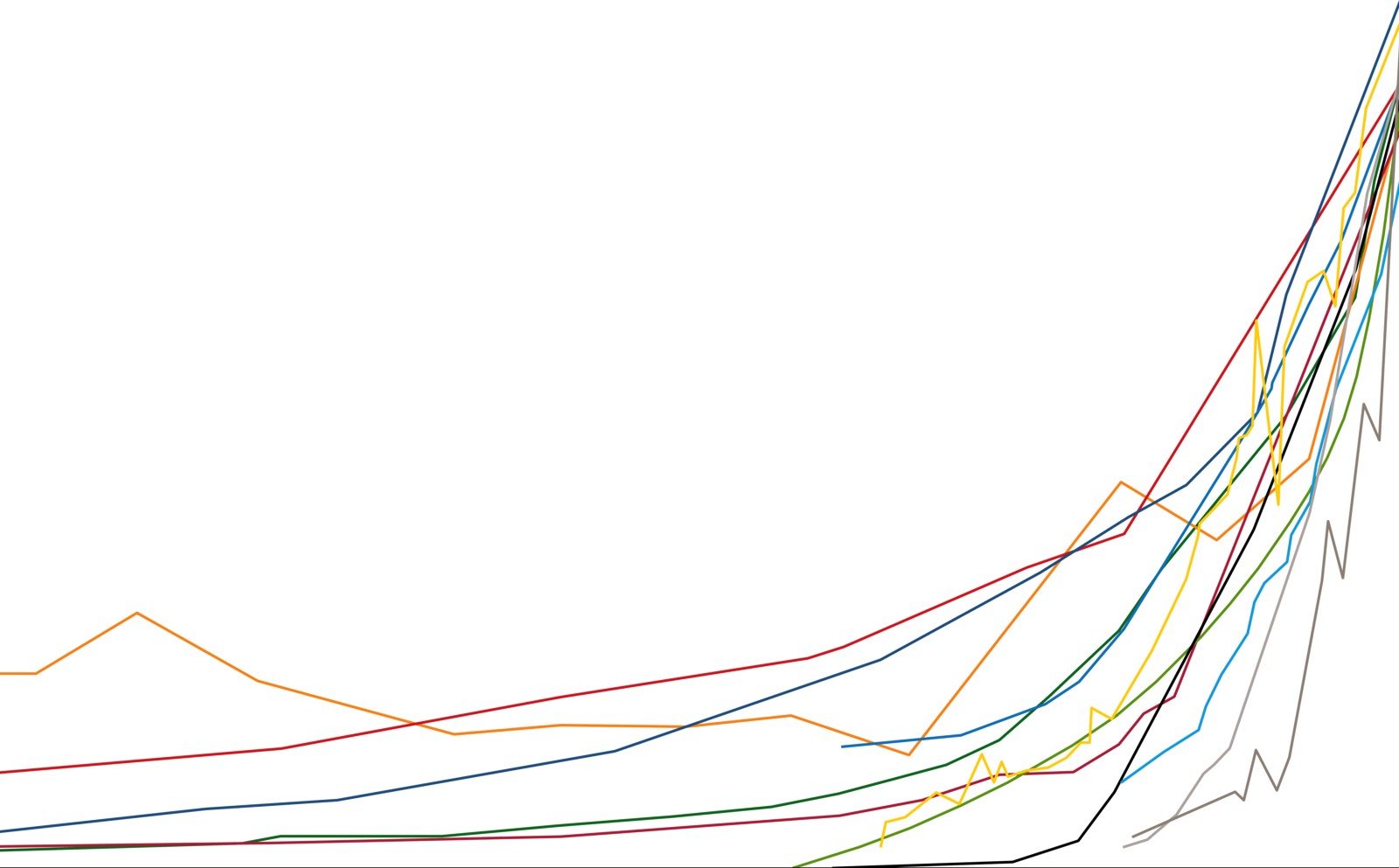Overgrowth. Excessive growth. Uncontrolled proliferation, even. Degrowth. Growth in reverse. Green Growth. Economic growth with a sustainable use of natural resources. The End of Growth. Often called for. Most recently demanded by fifteen-year-old Swedish student Greta Thunberg at the UN climate summit in Katowice. Next Growth. Economic growth should not just measure economic results. A company can also grow in societal, social, and ecological spheres. Growth. Growth always has a before and after. Growth stands for change, rapid or gradual: bigger than, more than, quicker than… Growth is measured. Precise, to so many decimal places. Always with units of measurement.
Measuring and calculating has always been the job of engineers. Scale, form, and function have always been key issues of architecture. Finding the right balance is what it comes down to today for us all.
Energy
The sun was and is the source of all life and of all energy on our planet. Even fossil fuels are nothing but solar energy accumulated and stored over millions of years, converted into biomass by means of photosynthesis. In this process, CO₂ from the earth’s atmosphere was absorbed and oxygen given off into the atmosphere, thus creating a further basis for life. Sunlight is filtered by the atmosphere and the gasses dissolved in it—ozone, for example—removing the very short-wave ultraviolet radiation that would threaten life on earth. Heightened levels of atmospheric CO₂ reduce the earth’s radiation of heat into space. This shifted energy balance leads to global warming.
The world’s primary energy consumption in 2015 was 160,000 TWh. In 1954, global primary energy requirements stood 70% lower, at only 24,400 TWh. Based on a projected growth of per capita energy usage and a world population of nine billion in 2050, yearly global primary energy consumption is projected to rise to 350,000 TWh. Yet the annual energy flow from the sun to the earth amounts to 152 424 × 10⁷ TWh, ten million times more energy than was consumed globally in 2015.
Primary energy consumption per capita in industrialized countries is now 40,000–80,000 kWh/year, with a global average of approximately 23,000 kWh/year. This corresponds to a solar irradiation area in Europe of 23 m² per person, or—based on 20% efficiency—115 m² of photovoltaic surface per person.
The 2000-Watt Society in Switzerland has specified a primary energy consumption of 17,500 kWh per person per year as a target – for living including embedded energy in materials and food, mobility vacations.1 This equates to one-third of current energy requirements, three-quarters of which should come from regenerative fuels. This would reduce annual emissions of the rest 4,375 kWh in fossile fuel energy to 1 tonne CO₂per person, which should be a global target if our CO₂emissions are not to exceed the amount that the planet can regenerate. Currently, the global average equates to 6.8 tonnes of CO₂ for each citizen of the world, with peak values of over 20 tonnes in the US and Middle East. Frequent flyers easily reach a personal figure of over 200 tonnes per year.
Diogene is a transportable living unit reduced to the essentials. It has a floor area of 2.4 × 2.96 m, divided into a living space with a folding desk and folding bed and an adjoining space with a mini-kitchen, shower, and toilet. On the surface, Diogene is a simple timber house with an aluminum envelope, but it is actually an intelligent dwelling with technical installations and systems that enable self-sufficiency in different climatic conditions. The autonomous energy and water supply comprises a photovoltaic module with battery pack, solar collector modules with a boiler, a rainwater collection system, a compost toilet, and natural ventilation coupled with a basic mechanical ventilation unit that allows heat to be recovered. To satisfy water needs, rainwater is collected and can be recycled as required. Waste water is purified and returned to the environment. The house is provided with a reversible heat pump, which uses either the ground or the outside air as a source for heat or cold and is fed by solar power.
Water
Water is what makes the earth the blue planet. 71% of the earth’s surface, 361.2 million km², is covered with water. The first organic bonds probably formed in the depths of the ocean some 3.5 billion years ago. Single-cell organisms were followed by more complex life forms. 90% of the earth’s habitat is sea, 95% of which is still unexplored. The deepest point in the world’s oceans goes down to around 11 km. H2O is the only chemical compound occurring in nature that manifests in any significant degree in all three aggregate states: solid, liquid, and gas.
Only 2.5% of the water on the earth is fresh water, most of which occurs in solid form as glaciers, icebergs, or snow. Only about 0.3% of the earth’s water is liquid fresh water, and therefore drinkable.
The melt energy of ice becoming water, or the crystallization energy of water becoming ice (333 kJ/kg) corresponds to the amount of energy needed to heat a liter of water by 80 Kelvin or from 0°C to 80°C. The phase change from liquid to gas requires an energy input of 2,450 kJ/kg, the evaporation enthalpy, which is conversely released again when water vapor condenses into water.
Because water molecules have a relatively strong attraction to one another, water has a comparatively high surface tension of 73 mN/m at 20°C, which is enough to allow water striders to walk on it.
Water is anomalous: it has its smallest volume at 4°C, and thus also its highest density. Its volume increases not only when the temperature rises but also when it falls, and its density goes down accordingly. This peculiarity means that water at 4°C sinks, so that lakes and seas freeze from the top down, and that creatures can survive deeper down in water where the temperature is 4°C. At 0°C water has a density of 1 kg/liter.
Water is used in air conditioning as a heat transfer medium for transporting sensible energy: its high density of 1,000 kg/m3 and high specific heat capacity of 4.18 kJ/kg K means that water is extremely well equipped to store heat. The long-term thermal energy storage facility in Friedrichshafen Wiggenhausen, for example, which has a capacity of 12,000 m3 of water, provides heat to 570 residential units in the winter with energy that was gathered by solar collectors in the summer. Utilizing ice storage tanks in combination with heat pumps, the cristaline energy by the change from water to ice is used to extract thermal energy over long periods at a temperature of about -5°C, until the entire storage volume has crystallized into ice. It should be noted that ice has a low thermal conductivity, and as a result, the entire storage tank must be crisscrossed with heating coils.
The undulating meditative space of Junya Ishigami’s House of Peace in Copenhagen will float in the sea off the city shoreline. Its hall is accessed via an underground entrance. Visitors board small boats and drift on the water in the interior space under the cloud canopy. The energy concept is based on the anomalous quality of water, the fact that it has its highest density at 4°C. Water at this temperature sinks and colder water is left on the surface, where it has the potential to freeze. Four-degree seawater from the depths of the harbor basin will be used in winter to heat the uninsulated concrete envelope by means of tubes inserted into it, thus minimizing heat loss from the interior space, which is kept at a constant temperature of 15°C. This means that the inside/outside temperature difference is no longer +15°C/-15°C but rather +15°C/+4°C. In addition the stable stratification of water makes it possible to heat the uppermost layer of the waterbody below the dome with solar yields without sealing off the lower layers. This is facilitated by continuing the dome to a depth of two meters below the water surface. Invisible floating underwater photovoltaic panels around the dome supply the building with the necessary energy.
Matter
Everything from galaxies and planets to everyday objects and living beings are made of matter. Matter consists of one or more of the 118 chemical elements, occupies space, has a mass, and is held together by physical forces. Matter makes materials, and there is an immeasurable diversity of materials and building materials with a huge range of physical, visual, and haptic qualities.
Materials exist in every conceivable color and can range from matte to glossy. They may be transparent, translucent, or opaque. Their structures may be smooth, porous, or rough, corrugated, nubby, perforated, ribbed, woven, plaited, scaled… Their surfaces may be fuzzy, fluffy, brushed, metalized, smoothed, painted, polished, coated, printed, oiled…
In determining the amount of energy that must be used to generate a comfortable indoor climate, the most important aspects are the physical material properties of: thermal conductivity W/mK (20°C), specific heat capacity J/(kg·K), density kg/m³, and the absorption behavior of the materials used.
Materials with a dark surface absorb a larger portion of the sun’s radiation than materials with a light-colored surface. They warm up more quickly because the absorbed radiation is converted into heat, which is either transferred deeper into the material and/or given off into the surrounding air via surface convection and onto surrounding surfaces via thermal radiation.
Thermal radiation is directly dependent on the emission properties of the material surface. It is very high, for example, for the ceramic tiles of a cockle oven, whereas it is very low by comparison for metallic surfaces. In physics, this property is described by the thermal emissivity coefficient, which, together with the reflectivity coefficient, adds up to 1 if a material is opaque to thermal radiation of a certain wavelength. Therefore, materials with a low emissivity act like a mirror, reflecting back all of the heat that hits it. Using so-called low-E coatings, material surfaces can be created that do not emit the heat of the building component but rather act as a thermal mirror for the incident radiation or the temperature of the surrounding surfaces.
The principle of a thermal mirror was used in the new Bangkok International Airport to save almost 60% of the energy expended on air conditioning. In the airport’s 27-meter-high gate areas, only the first vertical eight meters of space is used by passengers and thus requires cooling. Because cool, dry air is heavier than warm, humid air, this cool layer remains at floor level. However, warm air—derived from internal and external heat gains—rises, creating a warm layer of air below the roof of the hall. After a couple of hours of sun, this layer reaches temperatures of up to 50°C and gives off heat onto the ceiling surface. The ceiling would then typically act like a radiator and warm passengers at floor level, thus counteracting air conditioning. This problem is usually solved by means of mixing ventilation, which prevents heat stratification—i.e. the accumulation of warm air beneath the ceiling. However, with this method it is necessary to cool the entire space, which leads to high levels of energy consumption. Based on the essential principle of thermal radiation, the interior surface of the ceiling has been given a low-E coating, which acts like a thermal mirror. As a result, it does not emit the radiation of its 50°C surface temperature but rather reflects the surface temperature of the floor, which is cooled to 20°C. In thermal terms, the passenger standing in the space does not “see” the hot ceiling but rather the cool floor reflected in the ceiling.
Light
The optical sense provides humans with up to 80% of the information received about the outside world. It occupies a quarter of human brains and is thus the most important sensory system. It only functions when light—even if just one photon—enters the eye, is refracted by the cornea and lens, and focused on the retina to create an upside-down image. 125 million photoreceptors on the retina then translate light energy into neuronal activity.
Stars with a brightness of 6mag or less can be seen in the sky. This value sets the threshold for which stars can be seen in a really dark sky with the naked eye: stars darker than 6mag are not visible.
The vast majority of light we see comes from the sun, passing through our atmosphere after traveling through the vacuum of outer space at 299,792,458 m/s.
Based on the ratio of the sun’s diameter—1.4 million km—and its distance from earth—150 million km—there is an overlapping divergence in the parallel rays of light. In other words, there is a difference of 0.266° in light’s angle of incidence from the left and right edges of the sun. This is why shadows do not always appear as sharp lines.
The refraction of sunlight in the atmosphere—the deflection of light as it passes through transparent layers—causes different wavelengths of light to deviate in different ways. A low sun leads to red skies of sunsets and sunrises, and the blue color of the heavens when high. The color of light plays a crucial role in human experience and well-being. Daylight white light with a high proportion of blue has a stimulating effect, while warmer white colors are relaxing. Depending on the light source, artificial light approximates the spectrum of solar daylight, but it cannot replicate it completely. Only 50% of light in the solar spectrum—the source of natural light—is visible to humans; 15% is made up of short-wave light in the ultraviolet range that is invisible to humans but important for plants, and 35% is long-wave light in the infrared range.
The Louvre Abu Dhabi museum is located on Saadiyat Island in the Arabian Gulf. Its collection of artworks, ranging from antique to modern, sets out to relate the global history of humankind. Based on the design of old Arabian towns, the museum consists of a multitude of white square stone blocks interwoven by paths. The building complex is spanned by a dome with a diameter of 180 meters, which is supported by a 2 meter-high space frame. The dome has five-layers of sheathing on both the inside and outside of the spaceframe, whose overlapping design is based on the strict geometry of Islamic patterns and allows around 1% of sunlight to penetrate through. Sunlight falling through the palm leaves of an oriental oasis inspired Jean Nouvel to create this “Rain of Light” for the Louvre Abu Dhabi, and thus the unique form of animation to the space beneath the dome. Ensuring that the rain of light is visible required a detailed understanding of the physical principles that cause “crepuscular rays.” All the following factors must be taken into consideration: contrast and brightness, dust and half-light, sunlight divergence, light level below the dome, aperture size, and light reflection, both below and at the edge of the dome. Some aspects of this effect, such as geometry and material reflection, could be tested using a scale model. It was impossible, however, to scale the dust and humidity that are typical of the location in Abu Dhabi and are necessary to enhance the rain of light’s visibility. Measurements of dust and humidity in a partial 1:1 model allowed artificial mist to simulate the effect in a 1:33 scale model of the full dome. Findings from these studies allowed the position, size, and behavior of the dome’s perforations, and the reflectivity of the areas underneath to be specified, which were then tested again on-site with a 1:33 full building model.
Time
The average reading speed is 200–250 words per minute. 4.3 people are born every second. This article has, thus far, consisted of 2,684 words. If you were reading it at the slowest average speed, 13 minutes and 25.2 seconds would have passed since the first word. During that time, 3,462 people have been born, each with their own right to participation and his or her personal pursuit of happiness. The perpetuity of growth exceeds our powers of imagination…
➝.
Overgrowth is a collaboration between e-flux Architecture and the Oslo Architecture Triennale within the context of its 2019 edition, and is supported by the Nordic Culture Fond and the Nordic Culture Point.
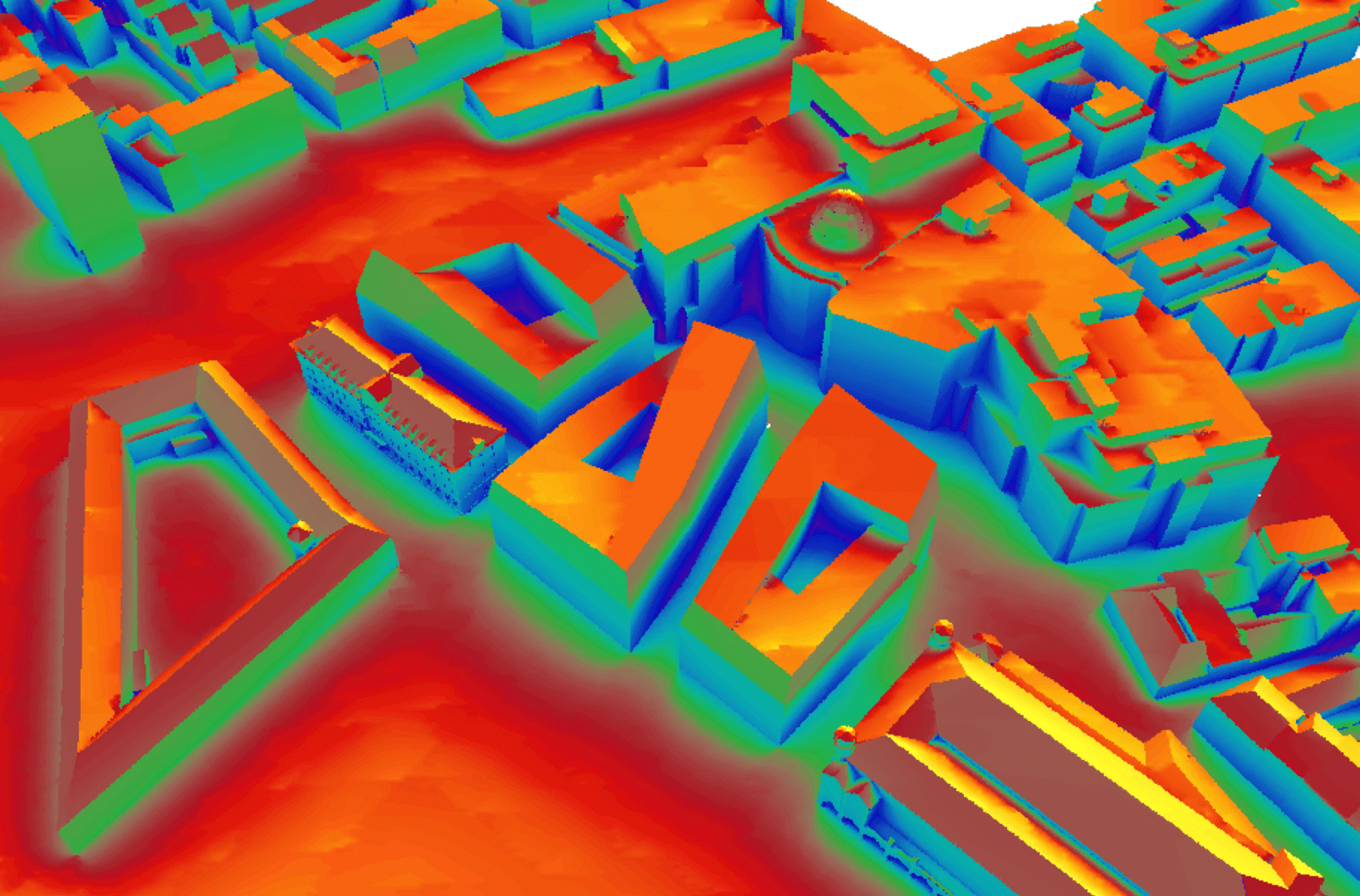









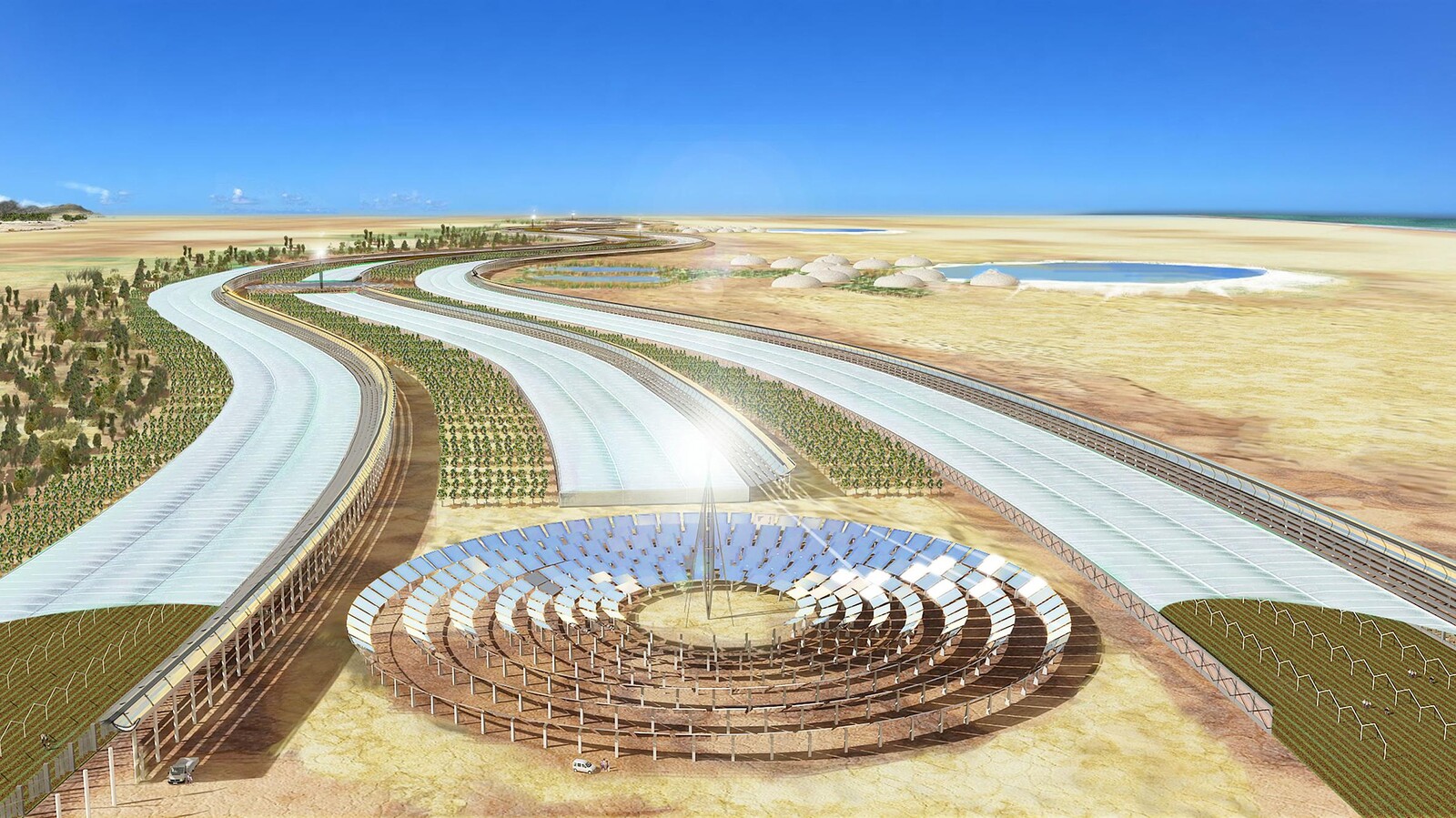
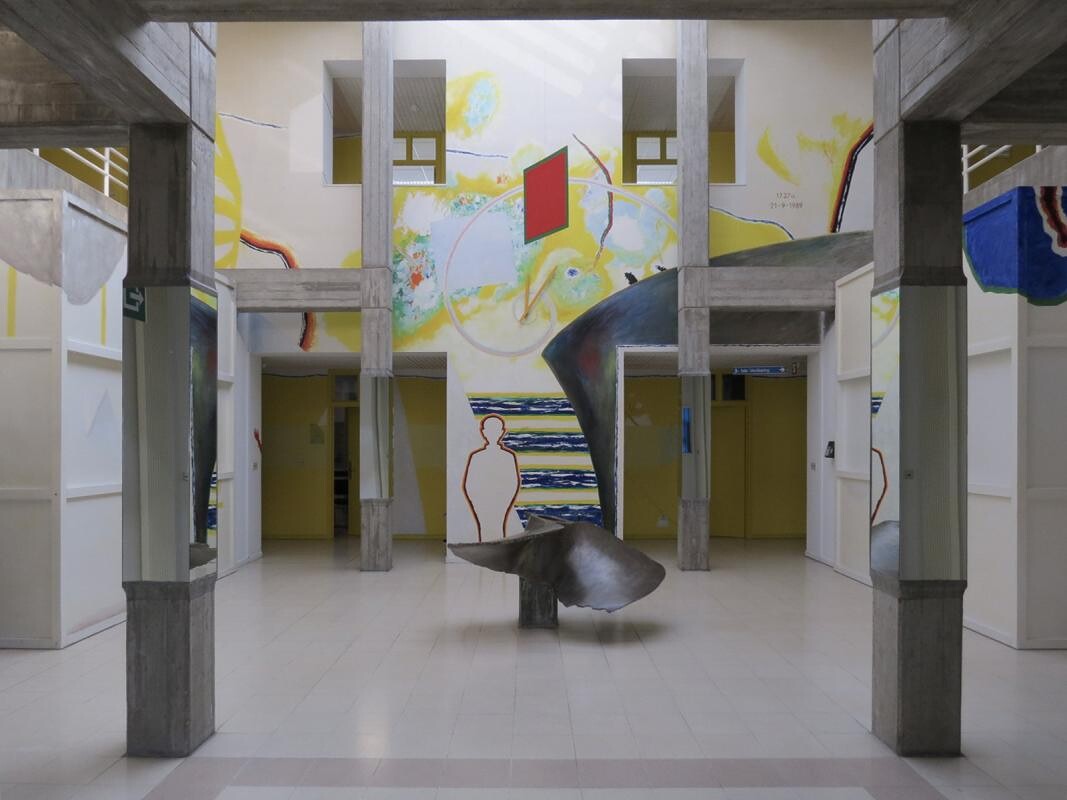


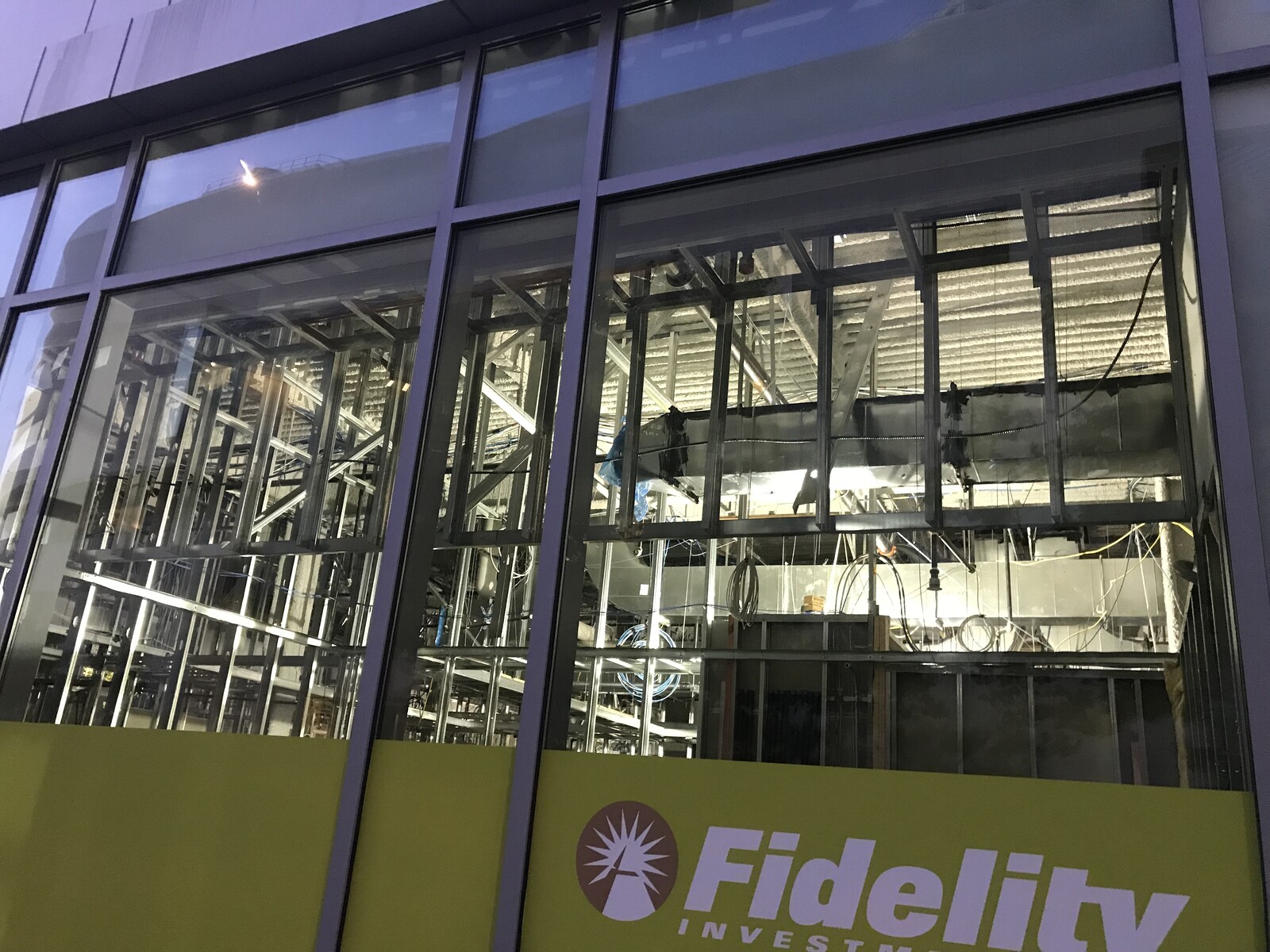

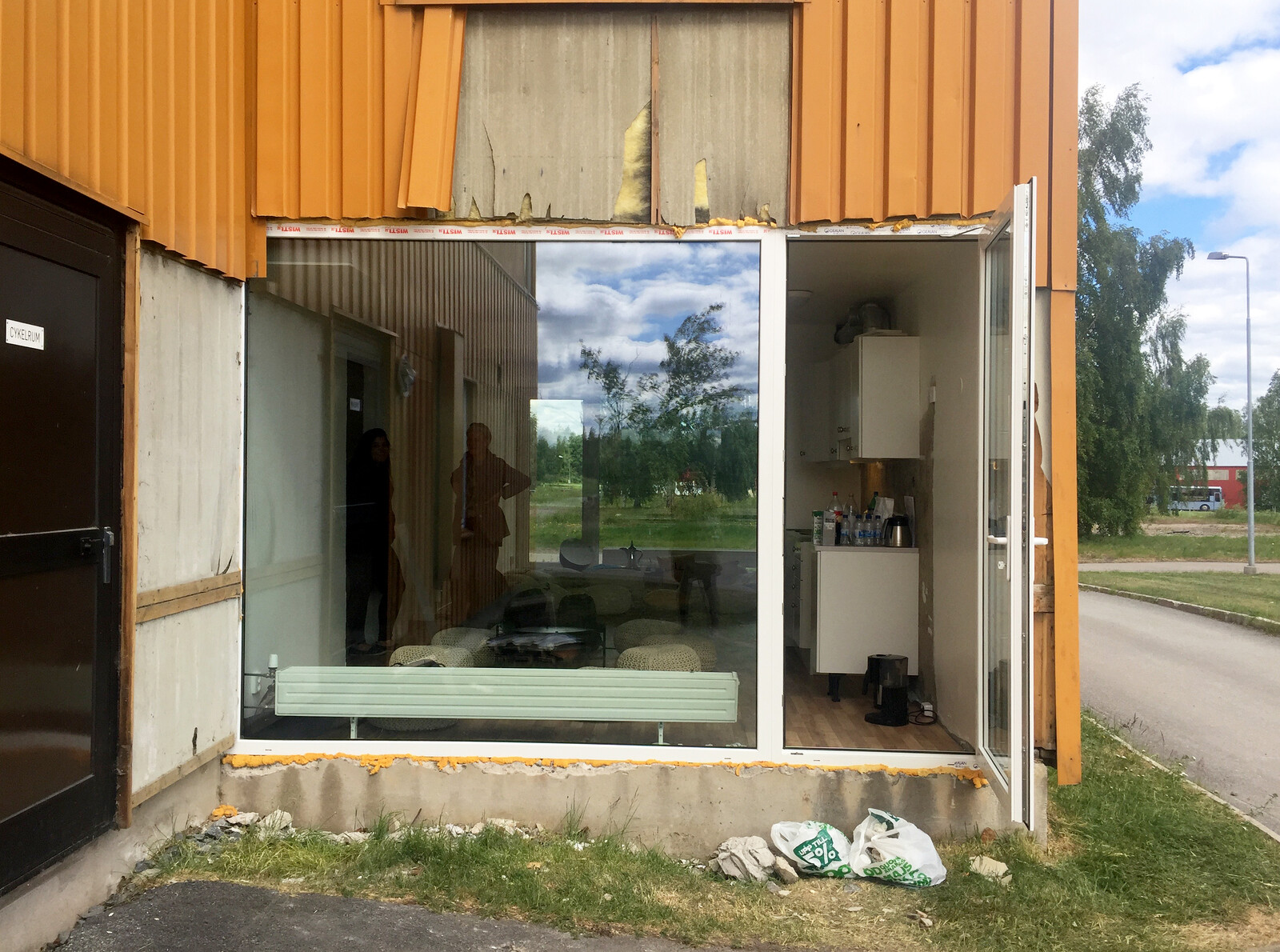


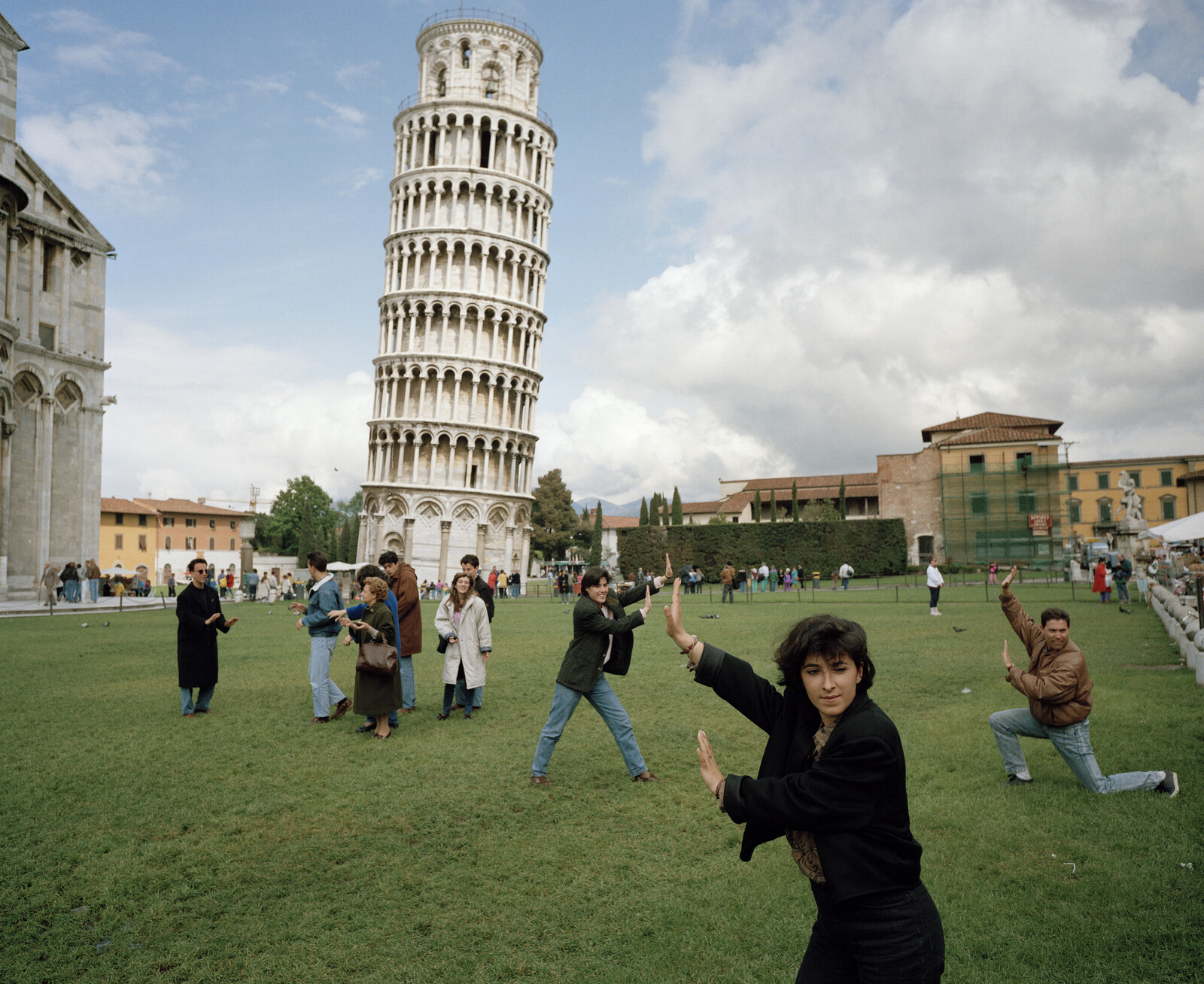

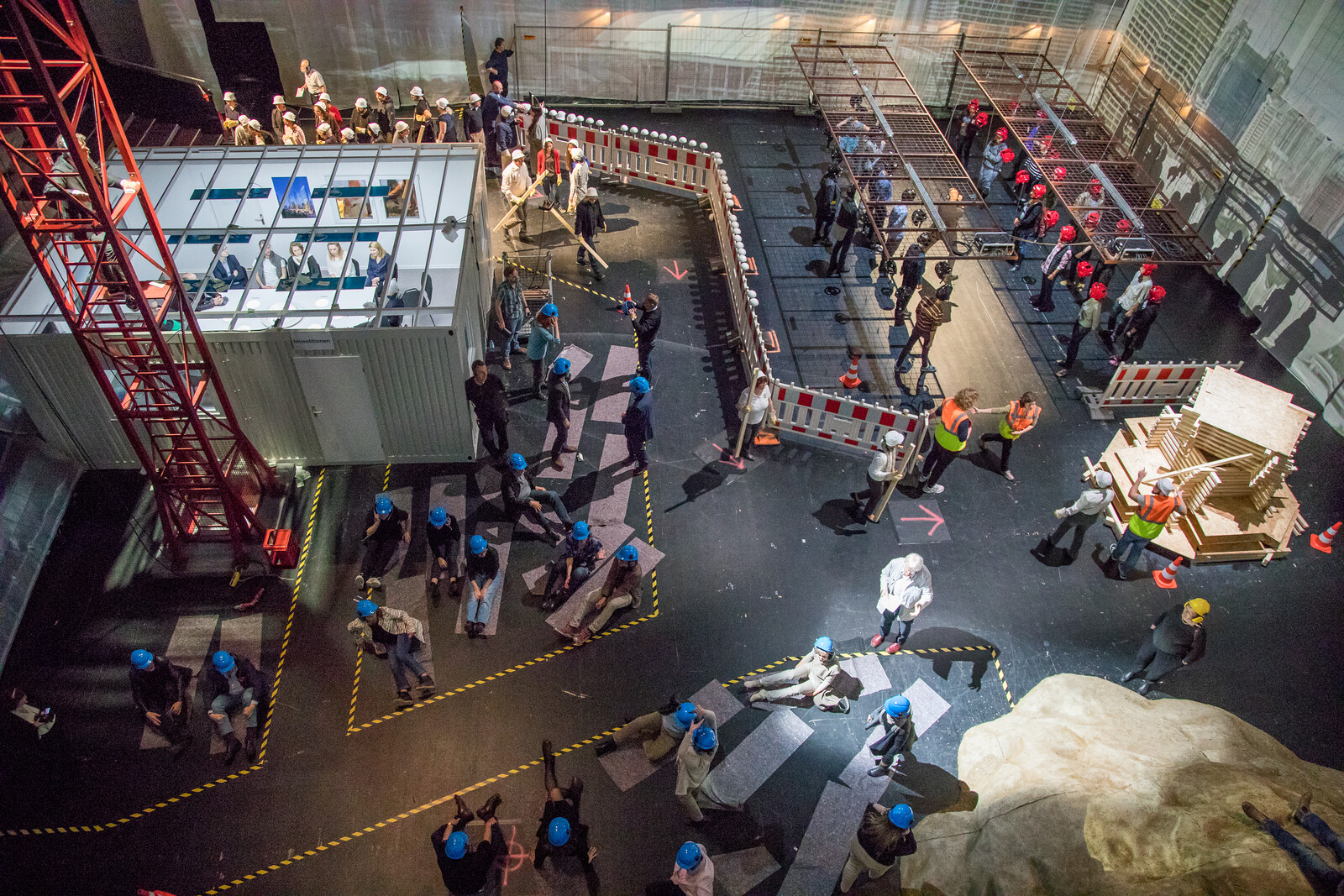
.jpg,1600)

.jpg,1600)
